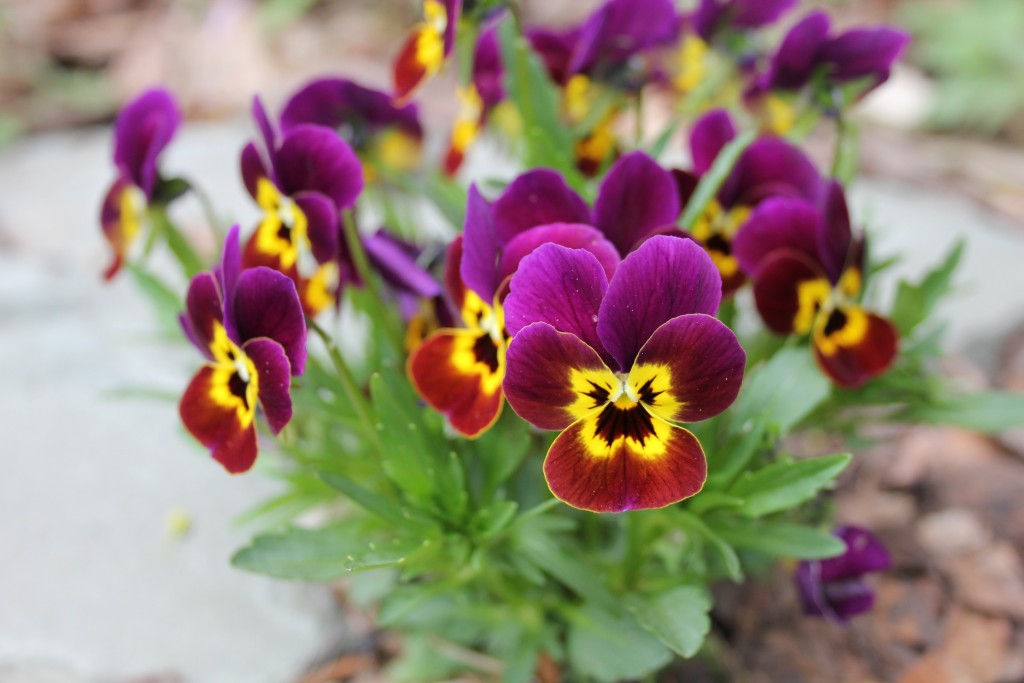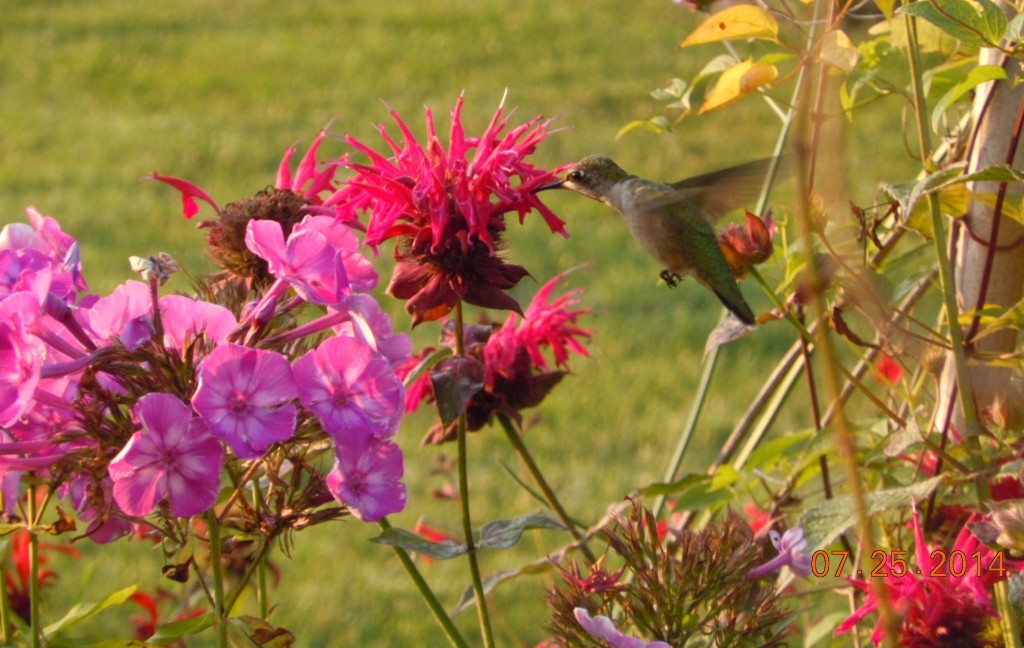Because Long Island is surrounded by water, responsible residents strive to keep pesticides and fertilizers from polluting our coastal and drinking water resources. And as stewards of our land, we need to preserve as much habitat for wildlife as possible. One way to accomplish both goals is to plant garden or conservation buffers. These small pieces of land with permanent vegetation help control pollution while providing undisturbed habitat for wildlife. Examples of buffers include riparian buffers, small wetlands, shallow water areas, herbaceous and woody windbreaks, contour grass strips, living snow fences, and field borders.

Garden buffers like this one at Cornell Plantations in Ithaca can be used to filter polluted storm-water run off from parking lots. Photo © Robin Simmen
Although you may view them primarily as pleasant landscape features, buffers quietly prevent soil erosion, improve soil and water quality, enhance fish and wildlife habitat, reduce flooding, conserve energy, and ultimately conserve biodiversity. By capturing up to 75 percent of flowing sediment and by enhancing infiltration, buffers trap heavy metals. When properly installed and maintained, they can remove up to 50 percent of pesticides and nutrients from polluting coastal waters!
In addition to providing wildlife habitat (increasing the number and diversity of birds and butterflies) and creating corridors for their movement, buffers are attractive, low-maintenance, sustainable alternatives to traditional turf. Water moves more slowly through shrubs and other buffer plantings as compared to turf, thus reducing your irrigation needs. Conservation buffers can also improve your quality of life by reducing noise from the street and odors from garbage.
An added benefit is that buffers help reduce flooding. They also help stabilize streams, enhance biodiversity by providing micro habitats, and decrease and then stabilize water temperature. Fluctuations in water temperatures and warming can be very deleterious to fish and other aquatic creatures important to the stream food chain.
A shallow water area or a small wetland is a place where water depth is usually less than 2 feet with no more than 10 percent of the entire area being over 4 feet deep. These wet areas may be seasonal in nature, such as vernal pools, so you might be tempted to “dry ‘em out or fill ‘em in,” but DON’T DO IT! Not only is it often illegal to do so, but such spots are of particular importance to certain plants and animal species that depend on transient moisture for parts of their life cycles, e.g. reproduction or nesting.
To learn more about how to construct a conservation buffer on your property or how to evaluate your existing landscape, please join me and Joann Gruttadaurio, Senior Extension Associate Emerita, Cornell University, on October 15, 2015, 9:00 a.m. until noon, at the Suffolk County Farm for a hands-on workshop on how to “Buff Up Your Soil and Garden Buffers.” The cost is $30, and preregistration is required. Click here to download the registration form.
Dr. Tamson Yeh is CCE Suffolk Turf Use and Land Management Specialist. She can be reached at tsy3@cornell.edu or 631-727-7850 x240.





